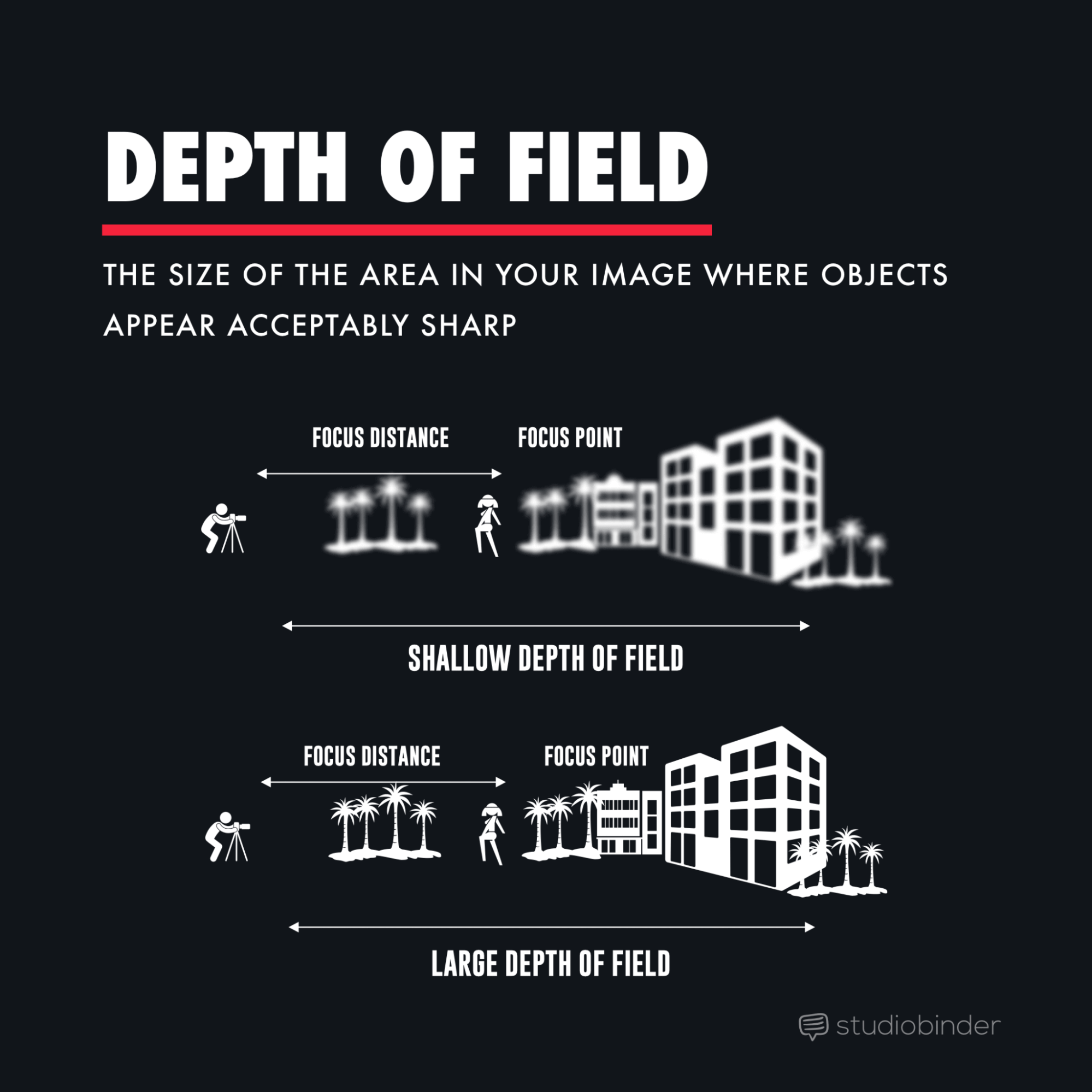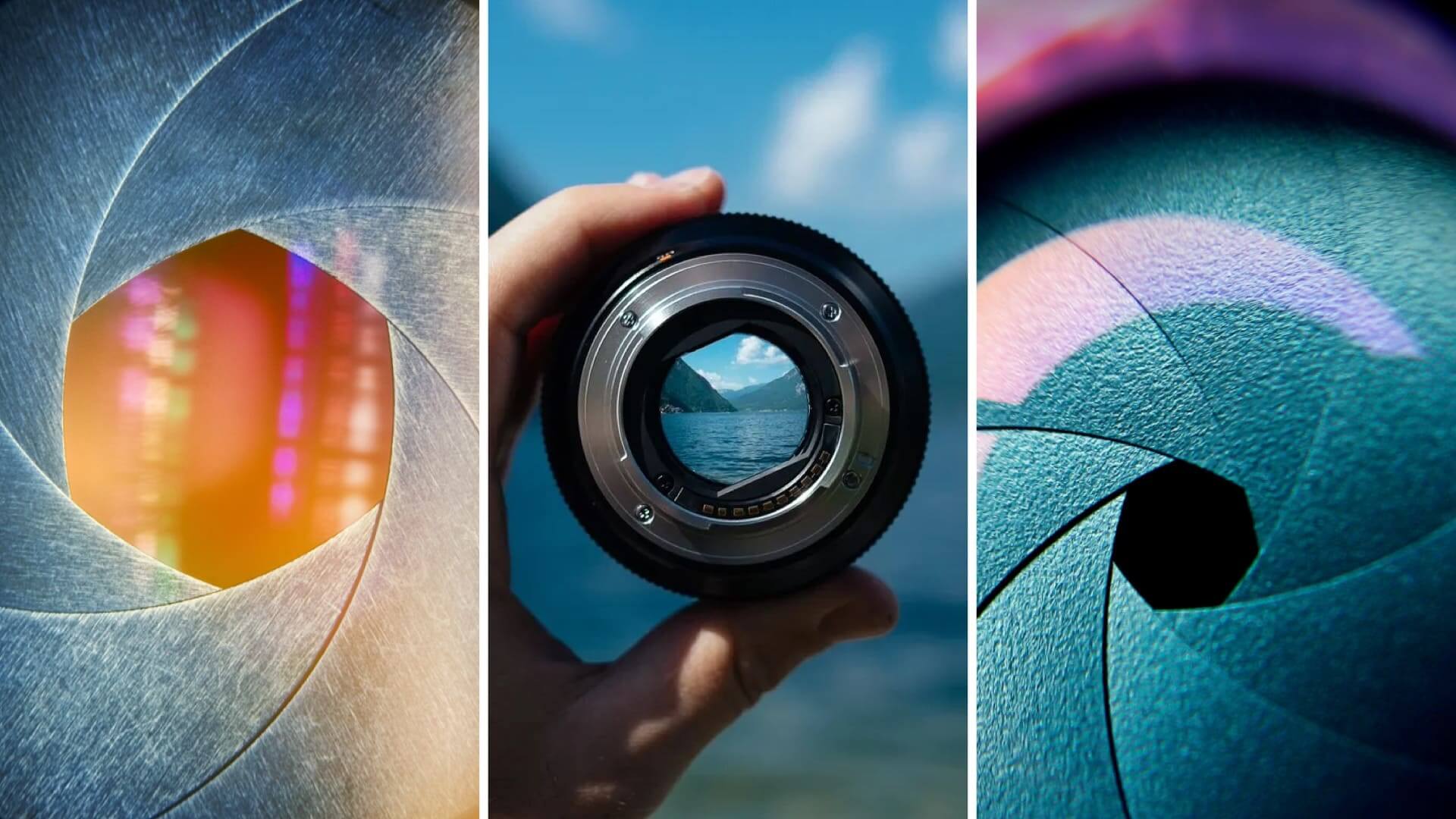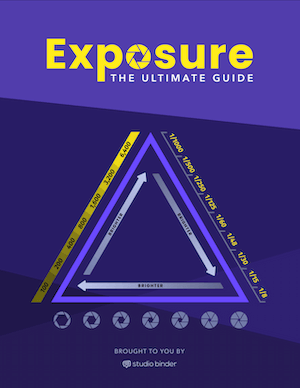You’re out there, camera in hand, ready to capture the world through your lens. But there’s a hitch. Your pictures are either too dark or blindingly overexposed. Or maybe everything is in focus when you only want your subject to be. The culprit? The F-stop. It’s a concept that can make or break your photography game. In this article, we’ll explore what F-stop is, how it controls exposure and impacts depth of field, and why it’s so crucial for your photography.
What is F-Stop in Photography Defined By?
First, let’s define f-stop
So, what exactly is this mysterious F-stop that wields such power over your photographs? Let's start with its definition.
F-STOP DEFINITION
What is F-stop in photography?
F-Stop, also known as aperture, is a term used in photography to describe the size of the hole through which light enters your camera. It's denoted by the letter 'f' followed by a number, such as f/2.8, f/5.6, f/8, and so on.
The confusing part for beginners is that the smaller the number, the larger the aperture, and vice versa. Thus, f/2.8 is a much larger aperture than f/8.
The larger the aperture (i.e., the smaller the f-number), the more light is let into your camera. Conversely, the smaller the aperture (i.e., the larger the f-number), the less light is let into your camera. Understanding this fundamental aspect of photography will help you control exposure and manipulate depth of field to create stunning photos.
What is F Stop in Photography Used For?
- Determines exposure
- Controls depth of field
- Influences shutter speed
How Does F Stop Work in Photography?
F-Stop and exposure control
The aperture is essentially the eye of your camera — the part that controls how much light gets in. Think of it like the pupil of an eye, expanding and contracting based on the light available.
The F-stop, or f-number, is the measure of this aperture size. A lower f-stop means a larger aperture (more light), and a higher f-stop means a smaller aperture (less light). Check out our video breakdown on aperture to learn more about F-stop and how it influences exposure.
Ultimate Guide to Camera Aperture • Subscribe on YouTube
It seems counterintuitive, doesn't it? Lower F-stops let in more light, higher ones less. But once you understand that the F-stop is a fraction (f/number), it makes sense. F/2 lets in more light than f/8 because 1/2 is larger than 1/8. This understanding is key to mastering exposure in your photos.
Below is a comprehensive chart that provides a breakdown of f-stop values. It's worth taking a closer look to understand how the aperture size affects your photos.
f/1.4 — Large aperture
Great for low light situations and shallow depth of field
f/2.8 — Wide aperture
Suitable for portraits, isolating subjects, and bokeh effects
f/5.6 — Medium aperture
Ideal for landscapes, architecture, and group shots
f/8 — Small aperture
Good for capturing sharp details in both foreground and background
f/11 — Narrow aperture
Useful for street photography, food photography, and product shots
f/16 — Very narrow aperture
Best for wide-angle landscapes and capturing sharp details
f/22 — Extremely narrow aperture
Used in macro photography, maximizing depth of field
Understanding these values is key to finding the ideal F-stop for getting the exposure you want. F-stop and aperture are important parts of the exposure triangle, along with shutter speed and ISO.
By adjusting these elements, you can create different exposures. It's crucial to find the right balance that matches your photographic vision.
Related Posts
What is F Stop in Photography Used For?
Depth of field and F-stops
The F-stop doesn't just control exposure. It also plays a vital role in determining your photo's depth of field — the amount of your shot that remains in focus. A lower F-stop (remember, that's a larger aperture) creates a shallow depth of field.

DOF diagram • F Stop Examples
This means your subject will be in sharp focus, while the background gets a beautiful blur, perfect for portraits or highlighting specific subjects.
On the other hand, a higher F-stop will give you a deeper depth of field, keeping more of the scene in focus, which is great for landscapes. This is important because depth of field has a tremendous impact on visual storytelling as you can see here in our video analysis.
Depth of Field Explained • Subscribe on YouTube
Mastering the F-stop is like learning a secret language — it allows you to communicate with your camera and get the results you want. Understanding it is often what separates good photographers from great photographers. So go ahead, play around with those numbers. With practice, you'll find the perfect balance between exposure and depth of field that brings your photographic visions to life.
For more, download our free E-book: The Ultimate Guide to Exposure.
Free downloadable bonus
FREE Download
Ultimate Guide to Exposure
The Exposure Triangle is something every photographer and cinematographer needs to master. Download our FREE e-book to get in-depth explanations and tutorials on topics like aperture, ISO, shutter speed, and how to balance these settings to nail perfect exposure every time.
Up Next
What is the Exposure Triangle?
Now that you understand how F-stop, or aperture, influences both exposure and depth of field in your photography, it's time to expand this knowledge even further. Let's dive headfirst into the concept of the Exposure Triangle, another fundamental aspect of photography that will significantly boost your photography skills.
Up Next: The Exposure Triangle →
Share your vision with elegant shot lists and storyboards.
Create robust and customizable shot lists. Upload images to make storyboards and slideshows.

